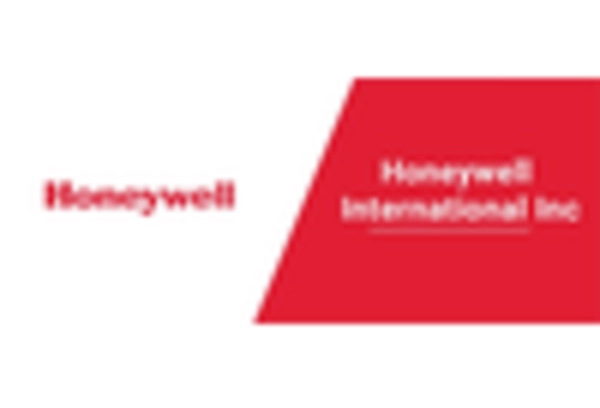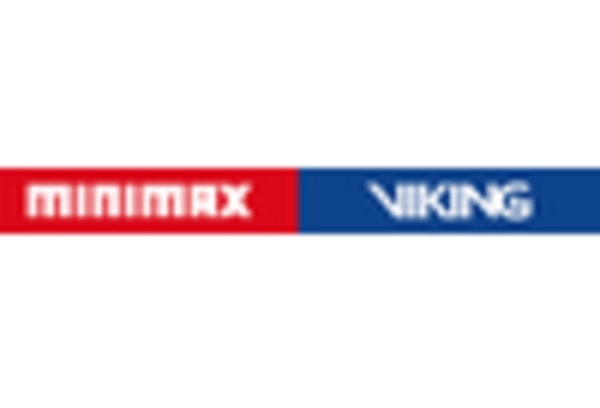Market Trends
Key Emerging Trends in the Fire Sprinkler System Market
Various industries are adopting new trends in the Fire Sprinkler System market that promote better fire safety through several initiatives. A significant move towards deployment of sophisticated technology can be found in advanced fire sprinkler system application A more advanced form of sprinkler solutions serve as replacements for the rather conventional ones, which support smart and connected features inclusive of sensors and communication options. Such systems provide real-time monitoring, early warning of fires, and enhanced reaction times; in part due to the extra time granted by the assembled technology to undergo measures that may prevent as well as protect from fire. In addition, the attention on greener and environmentally friendly fire sprinkler technologies is also increasing. A new emphasis on environment-friendly firefighting liquids and materials is now taking immediacy, as a reflection of the growing determination within the industry to find ways for minimizing the environmental effect brought about by various types of measures that protect against fires. This line of thought conforms to wider international initiatives aimed at integrating the principles of green and sustainable into multiple industrial fields, thus ensuring that fire safety is environmentally responsible. Another market trend is also reflecting integration of Ai and the machine learning in needy fire sprinkler systems. These technologies support predictive analytics, which means that this system can study and adjust according to the patterns, potential risks as well as behavior of the users. One of the most significant advances in the prevention of fire is due to use AI-driven fire sprinkler systems that improve the accuracy of detecting fires, reduce false alarms and optimize for an efficient utilization of resources used in fighting fire. This trend exemplifies the continued digitalization of fire safety solutions being made more intelligent, adaptable, and responsive trough their communications to the cloud. Moreover, the pressure on improvement of modern fire sprinkler systems used for retrofitting of existing buildings is very significant. The objectives of the retrofitting trend are to make structures older that have been time dependent, safe from fires by introducing fire retardant machines such as sprinklers. This is pertinent especially in residential and modern establishments, with mainly incorporation of contemporary fire safety protocols for the enhanced protection of both inhabitants and property. In addition, the industry has adapted to market demand that requires beautiful and covert fire sprinkler designs. Architectural spaces often witnessed the bulky appearance of many traditional sprinkler systems which was quite visible. This issue is answered by the catching-up tendency of concealed and decorative, or rather aesthetical sprinklers – which are easily incorporated into building designs without having to neglect safety. This is especially true in rooms such as home and exclusive commercial spaces that have aesthetics factor playing a major role.
















Leave a Comment